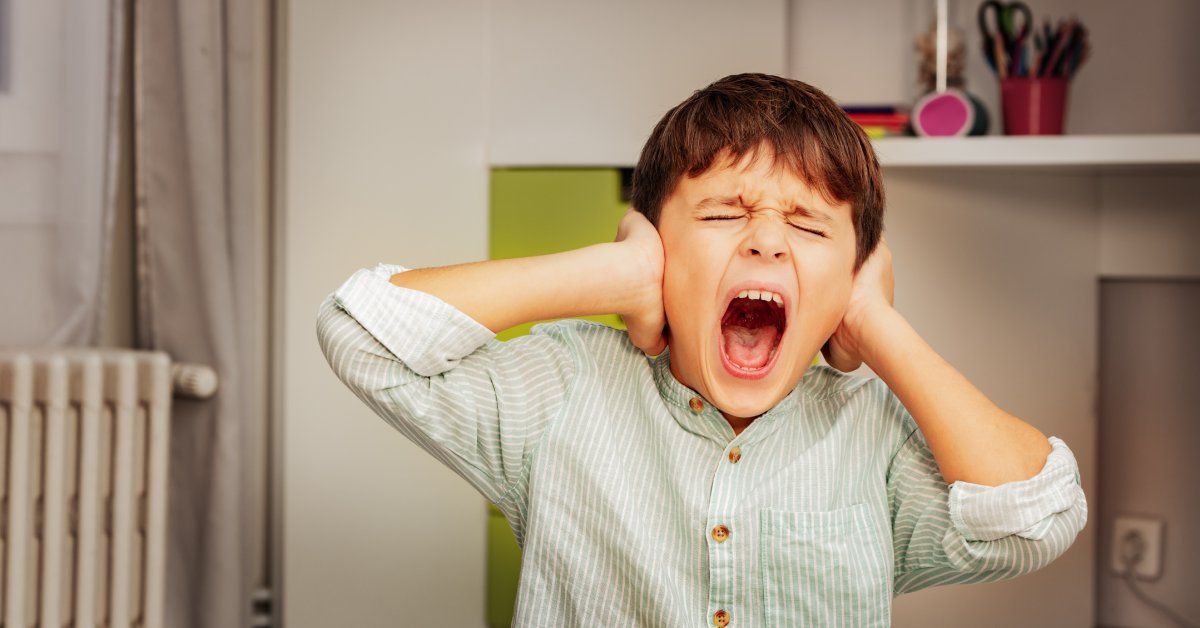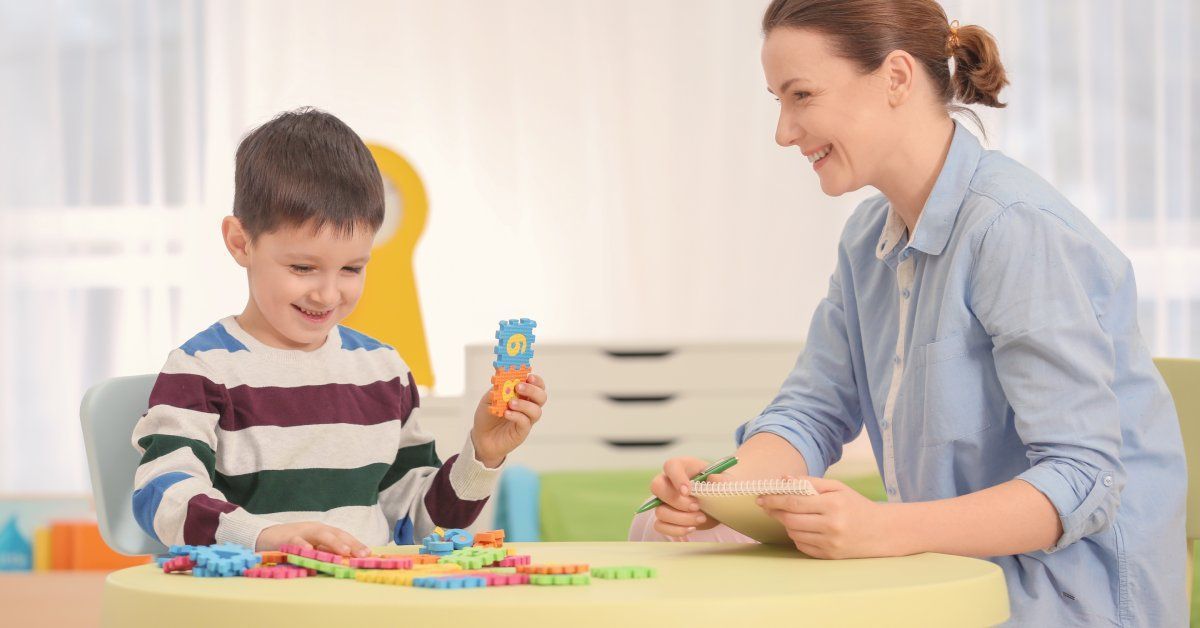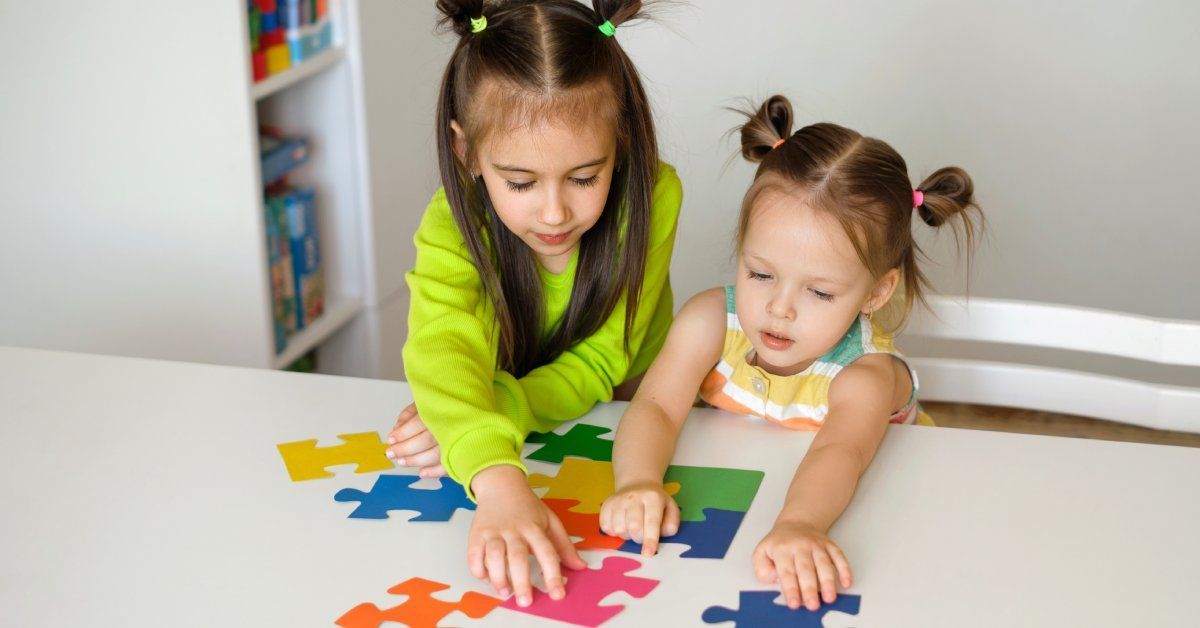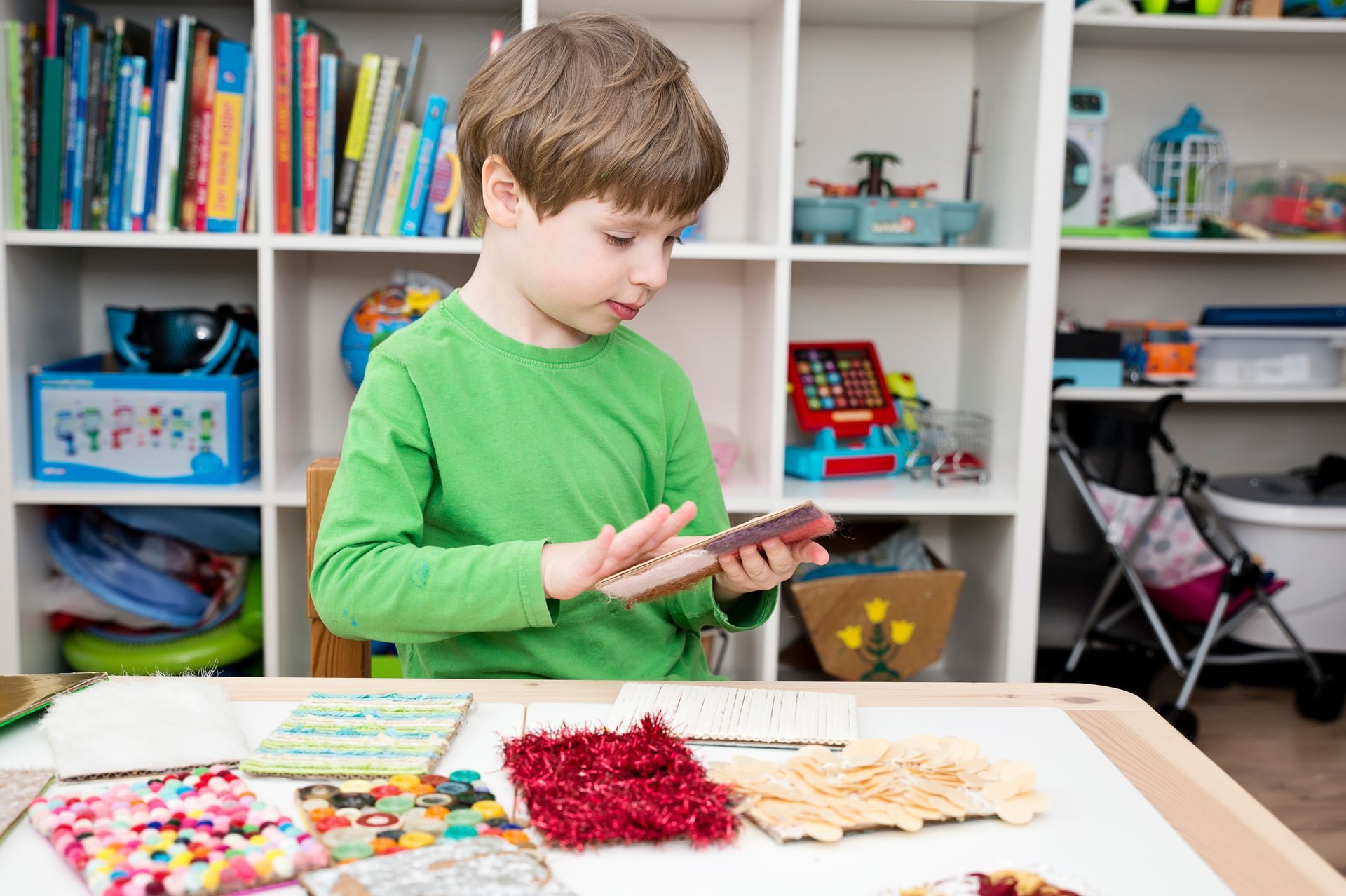How ABA Therapy Helps Reduce Aggressive Behavior
Managing aggressive behavior in children with autism is one of the most challenging tasks for parents, educators, and caregivers. Outbursts, aggression, and self-injury not only affect the child but also impact the well-being and tranquility of the entire family. These behaviors make it difficult for children to thrive at home, school, and beyond, creating barriers to social, emotional, and cognitive development.
Fortunately, ABA therapy helps reduce aggressive behavior and is a powerful tool for families and professionals seeking effective intervention. The HANDS Center for Autism, a trusted therapy center, offers individualized solutions to address these issues compassionately and effectively.
Common Triggers of Aggressive Behavior for Children With Autism
Aggressive behavior in children with autism can manifest in several ways, including physical actions like hitting or biting, verbal expressions such as yelling or making threats, or even self-injurious behaviors like head banging or skin scratching. These behaviors often occur when a child struggles to express their emotions or unmet needs.

Several factors trigger aggressive behavior in children with autism, making it important to identify these triggers to prevent and address outbursts. Some common triggers include:
- Sensory overload: Children with autism may become overwhelmed by bright lights, loud noises, or strong smells, leading to frustration or aggression.
- Frustration: If a child cannot communicate their needs effectively, or if they face difficulty with a task, it can lead to heightened emotions and aggression.
- Changes in routine: Routine and structure are often comforting for children with autism. Unexpected changes or disruptions can cause anxiety or confusion, resulting in aggressive behaviors.
- Difficulty communicating needs: When a child struggles to express themselves verbally or nonverbally, they may resort to aggressive behaviors to get their needs met.
What Is ABA Therapy?
Applied behavior analysis, or ABA therapy, is an evidence-based method that prioritizes measurable changes in behavior. It involves breaking down complex tasks into teachable steps and reinforcing positive behavior while reducing undesired ones. When it comes to addressing aggression, ABA focuses on understanding the “why” behind the behavior and replaces it with healthier alternatives.
One of the major advantages of ABA is that it’s not a one-size-fits-all approach. Each child is unique, and a reputable ABA therapy center like HANDS Center for Autism creates individualized treatment plans. These plans cater to the child’s specific needs, ensuring that the strategies implemented work effectively for that individual.
The Science Behind ABA Therapy and Aggressive Behavior
ABA therapy is rooted in behavioral science, which provides a systematic approach to understanding and modifying actions. Through observation and data collection, therapists analyze the factors contributing to aggression and identify opportunities to instill positive behavior patterns. The use of rewards and reinforcement is central to this process, helping children understand which behaviors are effective for getting their needs met and which are not.
The process is highly adaptive, with therapists regularly evaluating progress and making adjustments based on the child’s response. These adjustments are vital in ensuring the therapy remains aligned with developmental milestones and behavioral improvements.
How ABA Therapy Reduces Aggressive Behavior
Behavioral Assessment: Identifying Triggers and Stressors
In the initial stages of ABA therapy, therapists conduct a detailed behavioral assessment to understand the root causes of aggressive behavior. This includes identifying triggers, stressors, and unmet needs that lead to aggressive episodes. With this information, therapists create a tailored, actionable blueprint to address issues effectively.
Skill-Building: Teaching Coping Mechanisms and Communication Skills
One of the key components of ABA therapy is skill-building. Therapists teach children coping mechanisms suited to their unique needs. For example, self-regulation techniques help children manage anger and frustration. Additionally, communication skills are emphasized, especially for nonverbal children or those with limited language abilities, so they can express their needs without resorting to aggression.
Positive Reinforcement: Encouraging Calm and Effective Responses
Reinforcing positive behavior is another important strategy in ABA therapy. Therapists praise and reward calmness, problem-solving attempts, and appropriate social interactions. Over time, children learn that choosing calm and effective responses leads to positive outcomes, which reduces the likelihood of aggressive behavior.
Functional Communication Training: Giving Children Tools To Express Themselves
A breakthrough strategy in ABA therapy is functional communication training (FCT). This method equips children with ways to express their needs and emotions constructively, such as through picture boards or verbal expressions. FCT reduces the frustration that often fuels aggression, empowering children to communicate their feelings in a more positive way.
Parent and Caregiver Involvement: Extending Progress Beyond Therapy
A crucial element of ABA therapy is the active participation of parents and caregivers. Therapists provide training to ensure that the progress made during therapy is reinforced at home. Empowered caregivers can create a calm environment, address potential triggers, and reinforce positive behaviors, helping to maintain the child’s progress outside of the therapy setting.
Benefits of ABA Therapy for Families

When aggression decreases, the ripples of improvement touch everyone involved. For families, reduced aggressive behaviors translate into calmer, more harmonious homes. Better communication and social skills often lead to stronger, more positive relationships between children and their loved ones. These changes also reduce stress on parents and caregivers, offering them peace of mind and enabling them to focus on nurturing their child’s growth.
Through ABA therapy, children gain long-term benefits like greater emotional regulation, increased independence, and improved adaptability to everyday life. These changes lay the groundwork for a brighter future for both the children and their families.
Better Behavior Starts With the Right Help
Aggressive behavior in children with autism can feel overwhelming, but it’s essential to remember that change is possible. ABA therapy has proven itself time and again as an effective intervention for managing and reducing aggression. By addressing the root causes and equipping children with skills for communication and self-regulation, families can find their way to calmer days and brighter futures.
If you’re ready to explore how ABA therapy helps reduce aggressive behavior and improve your child’s quality of life, take the first step with HANDS Center for Autism. HANDS Center is a beacon of hope for families seeking a structured approach to behavior management. As a renowned therapy center, the center prides itself on individualized care, experienced therapists, and a commitment to the well-being of every child. HANDS Center’s data-driven and compassionate methods ensure that your child’s progress is both measurable and meaningful.






